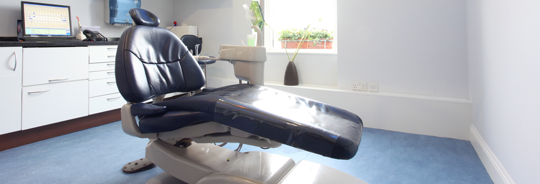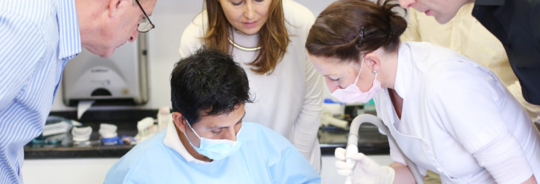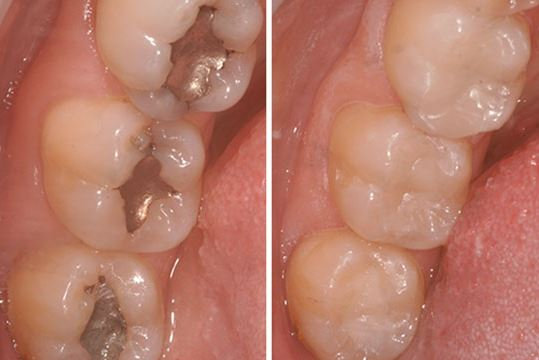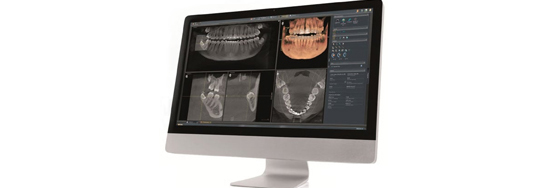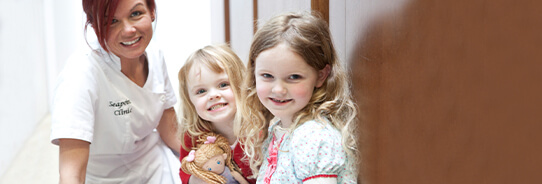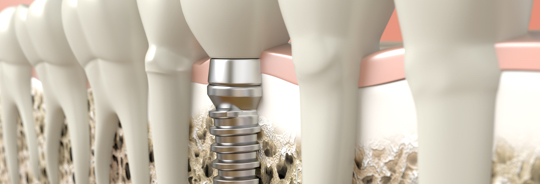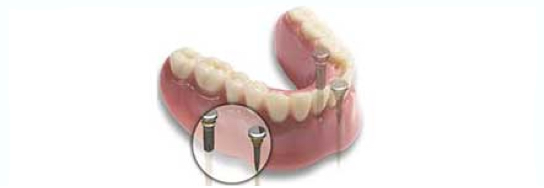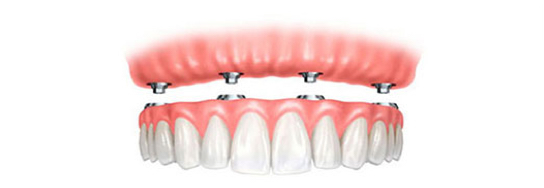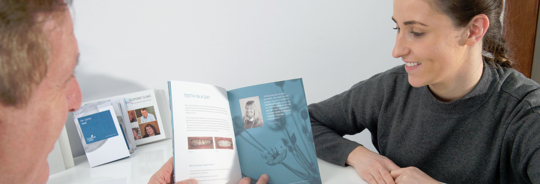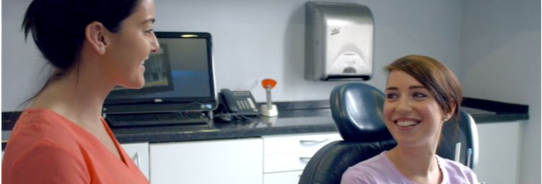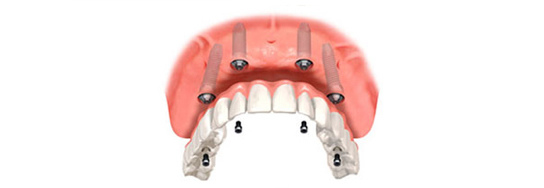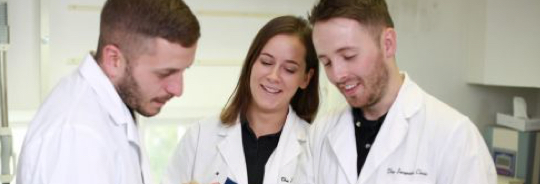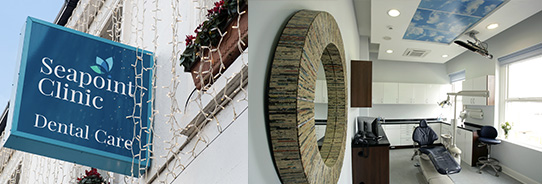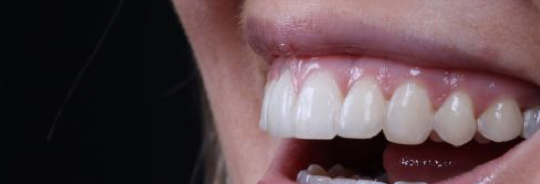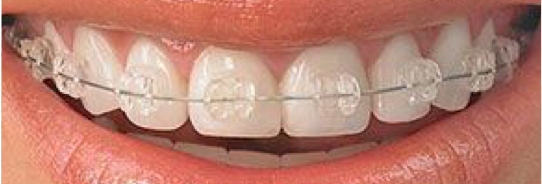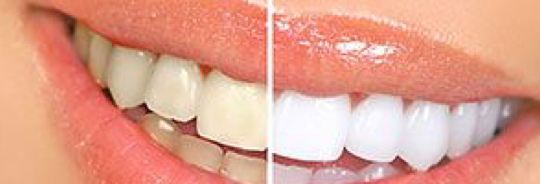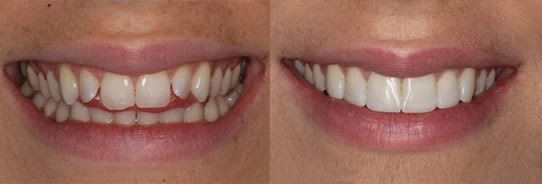
Blog
We post all the latest information here regularly so it's always up to date for you. If there is a topic you would like to have us cover please ask.
6 June 2012
Guidelines for post-surgical patients

- Eat a healthy, balanced diet with lots of variety
- Try to avoid processed foods as they are full of hidden sugars and salts
- Gargle salt and warm water to keep the mouth clean and bacteria-free
- Drink tea - the tannins in tea have excellent healing properties. Add honey for it’s natural antibiotic qualities
After having oral surgery, it's likely your surgeon will recommend that you eat liquid or soft foods. It's important not to diet for weight loss during recovery. You should eat a high-calorie, high-protein diet to help with healing, but the foods often recommended can get monotonous.
One of the major complaints from those recovering from oral surgery is that many of the recommended soft foods are sweet, and even someone with a sweet tooth can grow tired of an all-ice cream diet, not to mention the harm all that sugar causes to your teeth.
Here are a few suggestions, both traditional and outside-the-box, for sweet and savory foods to eat after oral surgery:
Hours 0-12: The first few hours after surgery, you will- most likely - want to stick with all-liquid foods or foods that melt easily in your mouth. Many people find they prefer cold foods at this time in healing process and may find very hot soups cause discomfort. Stick to foods that are lukewarm or cold and only gradually introduce hotter foods. Also, your jaw may be so sore that it's difficult to open it wide, so use a narrow spoon to eat your cool or lukewarm foods.
Sweet suggestions: Ice-cream, malts or shakes, chocolate milk, yogurt, smoothies, fruit juice. You may feel like drinking coke or 7up if you have an upset stomach, but the bubbles from carbonation may cause discomfort. Allow the fizzy drink to lose some of its fizz to make drinking more comfortable.
Savory suggestions: Broth, creamy soups with no large chunks or noodles. Again, you may want to be careful to let these cool to lukewarm before eating as hot foods cause discomfort for some oral surgery patients.
Caution: It may be tempting to use a straw, but don't suck too much! The suction can cause the blood clots on your surgery to fall off, and you may develop a painful condition called "dry socket." For this reason, some doctors also caution against sticky food, such as peanut butter or honey, unless it is dissolved. The suction needed to suck sticky foods down can also lead to dry socket.
Hours 13-24: As time passes, you can move on to foods that are still soft but not completely liquid. Your oral surgeon will likely tell you to judge for yourself what you can handle at this point. Warmer foods may be introduced at this point if they don't cause discomfort.
Sweet suggestions: Pudding, including rice pudding, jam on soft bread (not chewy or crusty), plain chocolate (allow to melt on the tongue), ripe banana.
Savory suggestions: Soups with very soft noodles, well-cooked beans, deviled ham, hummus or tuna salad on soft bread, cheese puffs (or other snack food that can melt in the mouth rather than being chewed), scrambled eggs, mashed potatoes or mashed sweet potatoes, well-cooked pasta, soft cheese, avocado slices.
Caution: Continue to avoid sucking too heavily if you are using straws, and be careful with foods - for example, raspberry jam - that have seeds that could get lodged in the tooth socket or oral surgery wound.
Hours 25-48: At this point, it's up to you what kind of foods you should eat and which cause pain. If you're still really sore, continue with soft foods. However, the only way to get rid of a stiff feeling in your jaw is to use it, so gradually begin adding in foods that require chewing if you can.
Sweet suggestions: Pudding, frozen treats, soft cake or brownies with no nuts.
Savory suggestions: Pasta, well-cooked vegetables, tender cuts of meat or fish, soft breads, beans.
Caution: Foods that may still cause discomfort are those that require a lot of crunching or jaw strength, such as chewy bagels or nuts. Only introduce these back into your diet gradually.
Day 3 and beyond: Unless you develop dry socket, you will probably begin to feel better by now. You can resume mostly normal eating, but be careful as you introduce new foods. Foods with sharp edges, such as crisps or crispy bread, may still cause discomfort. And remember to continue to rinse after meals and snacks to keep your mouth clean and aid in the healing process.


